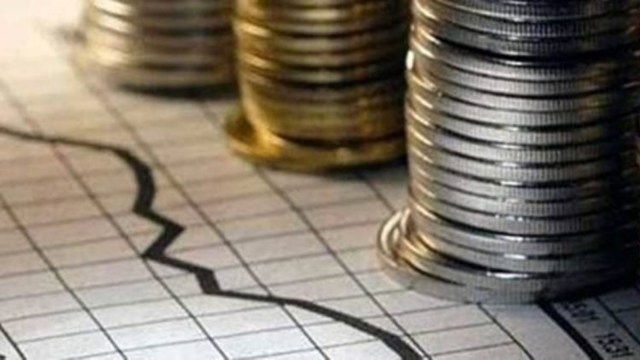The Centre is confident of meeting its fiscal deficit target of 5.9 per cent of the Gross Domestic Product (GDP) for financial year 2023-24 even if there is any variation in nominal GDP growth as the tax revenue trend is comfortable so far, a senior government official said Wednesday. The government is not looking at any curbs on spending, with some reallocation of savings expected to happen as it looks towards additional allocation for existing or new schemes in the supplementary demands for grants in the upcoming Parliament session, the official added.

“As of now, the tax trends are meeting the Budget target rate. The situation for revenues, from both direct and indirect taxes, is well placed. Any margin of error in the nominal GDP, if at all, cannot derail Budget estimates,” the official said.
Story continues below this ad
Commenting on concerns about the government having a high cash balance which has led to perceptions about a reduction in public spending, the official said the build-up in cash position is temporary as there are bond repayments of around Rs 2 lakh crore lined up in November-December. “We are not restricting expenditure of any kind. Cash controls have been exempted for the first three quarters for capital expenditure, transfers for capital expenditures, and centrally sponsored schemes,” the official said.
Capital expenditure reached 49 per cent or Rs 4.9 lakh crore during April-September, the first of the half of the financial year, out of its overall Budget target of Rs 10 lakh crore for 2023-24. At Rs 1.17 lakh crore in September, it was the highest-ever monthly spending by the government on account of capital expenditure in the current fiscal. The total expenditure during first half of the fiscal stood at 47.1 per cent of FY24 budget estimate of Rs 45 lakh crore compared with 46.2 per cent in the year-ago period.
Underutilised funds with various departments would be reallocated to schemes where spending is estimated to be higher or for new schemes announced recently such as the PM Vishwakarma scheme, the official said. The government allocations for food and fertiliser subsidies are also likely to be higher than budget estimates due to higher minimum support prices and rise in global gas/fertiliser prices. Spending for Mahatma Gandhi National Rural Employment Guarantee Scheme (MGNREGS) is also seen overshooting the budget estimate as the government is expected to provide for additional job work in the upcoming supplementary demands for grants.
The government is facing some fiscal strain on account of elevated fertiliser and fuel subsidies. The fiscal numbers so far show that the Centre has spent Rs 42,200.69 crore on nutrient-based fertilisers subsidy during April-September 2023, up 56 per cent from Rs 27,006.56 crore spent in the year-ago period, while Rs 67,926.21 crore has been spent on urea subsidy during the first half of the fiscal as against Rs 54,718.78 crore last year. On the fuel subsidy front, the government has spent Rs 1,119.17 crore in April-September as against Rs 944.35 crore in the corresponding period last year.
Story continues below this ad
In 2022, India’s government effectiveness percentile rank was 63.21 on a scale of 0-100, up from 55.24 in 2017.
Food prices need to moderate further: Official
ENS ECONOMIC BUREAU
New Delhi,
Even though headline retail inflation rate eased in October, food inflation still remains above comfort level and there needs to be further moderation in it, a senior government official said Wednesday.
Data released on Monday showed that retail inflation dropped to a four-month low of 4.87 per cent in October even as food inflation remained broadly static at 6.6 per cent as against 6.62 per cent in September, which was revised up from 6.56 per cent.
Story continues below this ad
“We would like to see a broader moderation in food prices,” the official said.
Food prices are still being seen as a risk to retail inflation even as headline inflation has inched closer to 4+/- 2 per cent medium-term inflation target of Reserve Bank of India. Cereals inflation has been in double digits for 14 months in a row along with an increasing trend of inflation in egg, fruits, pulses and products, which recorded inflation rates of 9.30 per cent, 9.34 per cent and 18.79 per cent, respectively, in October as against 6.42 per cent, 7.30 per cent and 16.38 per cent in September.
Last week, RBI Governor Shaktikanta Das had also said that headline retail inflation remains vulnerable to “recurring and overlapping food price shocks”. “In these circumstances, monetary policy remains watchful and actively disinflationary to progressively align inflation to the target, while supporting growth,” he had said in a speech delivered in Japan.

































